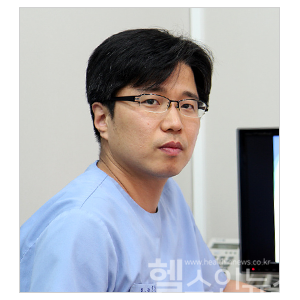Varicose Veins: Symptoms, Treatments, and Management Options for Optimal Care
Varicose veins occur when weakened venous valves cause blood to flow backward and pool in the leg veins. Over time, the veins dilate and thicken, leading to cosmetic concerns as well as pain and swelling. Beyond aesthetic issues, untreated varicose veins can lead to serious complications like skin ulcers or blood clots.
Treatment varies depending on the severity of symptoms and the extent of venous damage. In early stages, non-surgical approaches such as wearing compression stockings and adopting lifestyle changes are recommended. These methods effectively reduce venous pressure and improve blood circulation. However, for more advanced cases, invasive procedures or surgery may be necessary.
Minimally invasive treatments—such as laser therapy, radiofrequency ablation, and medical adhesive vein closure—have become increasingly common in recent years. These procedures close off diseased veins and reroute blood flow to healthier vessels. Because they require no surgical incisions, patients typically experience less pain and faster recovery. Still, not everyone is an ideal candidate, so a thorough medical evaluation is critical before treatment.
For severe cases, traditional vein stripping surgery is still an option. This procedure involves surgically removing the affected veins and can be effective, though recovery tends to take longer and scarring is possible. Because of these drawbacks, minimally invasive methods are now generally preferred by both doctors and patients.

Long-term management is essential. Even after treatment, patients should continue wearing compression stockings, avoid prolonged sitting or standing, exercise regularly, and maintain a healthy weight to prevent recurrence. Symptom relief alone does not mean the condition is cured.
Early diagnosis and proactive treatment are critical. Even if varicose veins are not visibly prominent, symptoms like leg heaviness, pain, or itching warrant a venous ultrasound to assess the condition accurately. Treating varicose veins is far less burdensome than ignoring them.
Lim Hye Jung, medi·K TEAM press@themedik.kr
Headlines
-
 Healthcare
Healthcare
Finding a Lump in Your Breast: Why It’s Not Always Cancer and What to Do Next
-
 Healthcare
Healthcare
As Winter Bites, Pet Kneecaps Slip: The Hidden Threat of Patellar Luxation in Dogs and Cats
-
 Wellness
Wellness
Korean Herbal Tea Culture: A Wellness Tradition for Body and Mind
-
 Healthcare
Healthcare
How to Counteract Caffeine’s Effects for Better Sleep
-
 News
News
Celltrion Launches Aptozma Biosimilar in U.S. Market: 35% Price Reduction and Blue Cross Coverage for Autoimmune Treatment
-
 Healthcare
Healthcare
Blue Light: Is It Really a Threat to Your Eyes and Health?
-
 Healthcare
Healthcare
The Hidden Health Risks of Your Showerhead: Why Regular Cleaning Matters
Doctors & Hospitals
-
 Healthcare
Healthcare
Eczema: Blending Conventional Relief With Korean Herbal Medicine for Lasting Skin Health
-
 Healthcare
Healthcare
Warts: Beyond Simple Removal—Focus on Immunity for Lasting Relief
-
 Healthcare
Healthcare
AI-Powered Smartphone Tool Opens New Path for Early Autism Screening in South Korea
-
 News
News
Korean Surgeon Pioneers Remote Bladder Cancer Surgery Training Using Da Vinci 5 Platform
-
 Healthcare
Healthcare
Myocardial Infarction Risks Surge in Fall: How to Protect Your Heart
-
 Healthcare
Healthcare
Innovative Korean Acupuncture Therapy Offers Hope for Acne Scar Treatment
-
 Healthcare
Healthcare
Thyroid Surgery and Recovery: Essential Post-Operative Care Guide






